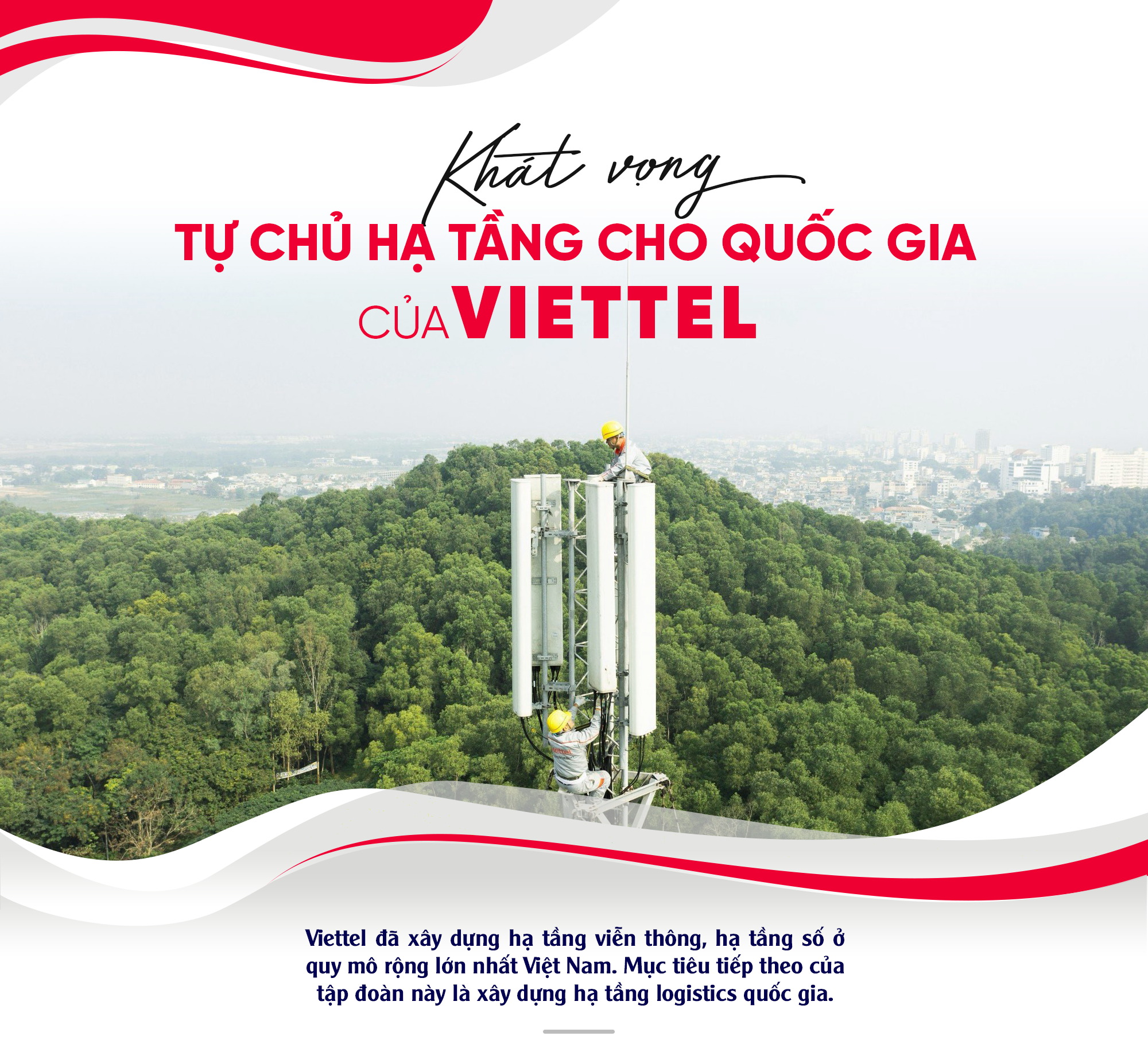
Since having nothing in hand,
Viettel has nurtured the aspiration that "every Vietnamese person has a mobile phone". That aspiration urged the Group to build a telecommunications infrastructure covering the whole country to popularize mobile services, turning mobile from a luxury service into an essential one. Continuing the aspiration that every household has a broadband fiber optic Internet line, every person has a smartphone, the Group and other telecommunications enterprises bring fiber optic Internet to 90% of Vietnamese households. The smartphone is not only a common connection tool but also a means of learning, working, entertaining and earning a living for Vietnamese people.
In 1999, the Group completed the 1A fiber optic backbone using wavelength multiplexing technology on an optical fiber with a distance of more than 2,300 km. The Group constructed and installed the Army's first wired
military information backbone in nearly 1 year without any participation, even just consulting or assistance from foreign partners. From the success of the 1A milestone, the Group is more confident to build a series of important fiber optic cables, creating the strongest national telecommunications infrastructure in the region such as: Line 1C shifting from SDH to DWDM; AAG fiber optic cable - the first connection to the sea, Indochina fiber optic cable axis, GPON technology fiber optic cable, or fiber optic cables in 10 markets invested by Viettel...
But before the achievement in fiber optic cable was established, the Group's miracle was to build a network of mobile broadcasting stations. With a desire to do mobile business, the Group initially planned to follow the path of joint ventures with foreign partners, like many previous telecommunications projects. However, faced with the terms that were so pressing that they touched the self-esteem of the Vietnamese people that the partners proposed, without anyone telling anyone, the leaders of that day all pushed the table up, stood up, abandoned the negotiation and decided to do it themselves. With only enough capital to build 150 BTS stations and 100 employees, the Group faced the problem of building its own mobile network. Finding a way to buy equipment on installment within 4 years, the Group overcame the "death door" of running out of capital to have enough equipment for 5,000 broadcasting stations. And the next problem was to deploy very quickly to go into business and get money to pay off the debt. If foreign experts were hired, the Group would spend millions of dollars in a year to build only 150 stations. With Vietnamese intelligence and creativity, soldiers who specialize in pulling cables and erecting poles have found a way to design a network of stations in a lattice shape and come up with a plan to build a standard standard station, organizing dozens of teams to deploy simultaneously in all provinces and cities across the country. Within 2 years, the Group has owned a larger number of stations than all other networks combined deployed in the previous 10 years, creating a national telecommunications infrastructure of quality, widespread to the district and commune centers of 63 provinces and cities. This infrastructure has contributed to increasing the telephone density in Vietnam from 4% to 90% in 2007 and now it is 130%. Mobile phones, which used to be a luxury service in Vietnam, have become essential.
From 2G telecommunications technology, in 2010, the Group launched the 3G network with the highest speed and most diverse services. At the time of launch, the number of 3G broadcasting stations of the Group was 1.5 times higher than the commitment to
the Ministry of Information and Communications . The 3G network provides high-speed voice and data access services, while promoting the convergence of mobile devices with many other consumer electronics products. 7 years later, in 2017, the Group launched the 4G network with the desire to create the best quality broadband connection infrastructure, covering 95% of the population. 100% of the Group's 4G broadcasting stations use 4T4R technology (4 transmit, 4 receive), allowing to expand coverage by 1.4 times and increase download speed by nearly 2 times. With the message "As technology advances, no one is left behind", the Group is ready to explode mobile broadband Internet. On May 10, 2019, Viettel successfully made the first 5G call in Vietnam. The actual connection speed is from 1.5 - 1.7 Gbps, far exceeding the limit of the 4G network.
Very quickly after that, the Group pioneered with network operators to deploy 5G test broadcasts in provinces and cities. Even in mid-2023, Viettel took a step ahead when piloting the development of a 5G network exclusively for Pegatron's factory - one of the world's leading suppliers for Apple - in Hai Phong. This project has turned Pegatron's factory into the first smart factory in Vietnam. The first step of 5G application for Pegatron opens up a promising picture in building smart factories for businesses operating in Vietnam in the future. Recently, the Group officially successfully auctioned the right to use radio frequencies for the 2500 - 2600 MHz band for 15 years. This frequency block is planned by
the Ministry of Information and Communications (MIC) to deploy mobile information systems according to 5G, 4G standards and subsequent technologies, aiming to create breakthrough changes in economic sectors from manufacturing to transportation, healthcare, agriculture, education or smart city solutions.
A strong telecommunications infrastructure is the foundation for the Group to develop the most advanced technology services and build the next infrastructure called digital infrastructure. From the large fiber optic cable system, the Group is continuing to develop and build an international fiber optic cable system connecting to large Digital Hubs in the Asia region, in order to implement the strategy "Developing Vietnam's international fiber optic cable system to 2030, vision to 2035" of the Ministry of Information and Communications. International fiber optic cables providing super large capacity and super wide bandwidth are the premise for Vietnam to achieve the goal of becoming a regional data center (Digital Hub).
With the aspiration that every Vietnamese citizen, every Vietnamese household, every Vietnamese organization and enterprise will have a data storage on a cloud computing platform located in Vietnam, researched, deployed, managed and operated by Vietnamese engineers, ensuring information security, in 2022, the Group launched the Viettel Cloud ecosystem and became the largest and most diverse cloud computing service provider in the country. This aspiration is getting closer when in April 2024, the Group opened the 14th Data Center in Vietnam. With 60,000 servers; 2,400 racks; 21,000m2 of floor space; total power capacity of 30MW, Viettel Hoa Lac Data Center also becomes the largest data center in Vietnam today. To date, the Group continues to be the enterprise that owns the largest and most modern data center system in Vietnam with 14 centers, 230,000 servers, 81,000 m2 of floor space, 11,500 racks; 87 MW of electricity, equivalent to a super data center (DC) in
the world , affirming Viettel's strong commitment to building a modern digital infrastructure in Vietnam.
Mr. Tao Duc Thang affirmed: "The digital transformation strategy until 2030, the national digital infrastructure development strategy demonstrates Vietnam's aspiration to meet all the needs of people and organizations, ensure data
sovereignty , and not lose the most important resource in the digital age. Therefore, the Group will continuously invest in Data Centers. According to the roadmap, by 2025, the Group will invest and expand the scale to 17,000 racks and by 2030 to 34,000 racks, 3 times the current scale". The head of the Group emphasized: "The Group is ready with all conditions to work with Vietnamese enterprises to explode cloud computing services, realizing the aspiration that every citizen, every household, every organization, and every business will have a place to calculate and store on the cloud in the safest, most flexible and effective way".
Besides telecommunications and technology, Logistics - a field considered the lifeblood of the
economy - is also a pillar in the Group's desire for infrastructure autonomy. Mr. Tao Duc Thang said that if telecommunications infrastructure is considered the lifeblood of information flow for the economy and digital infrastructure is considered the "infrastructure of infrastructure" in the digital economy, then logistics infrastructure is likened to the lifeblood of material flow, playing an important role in connecting, supporting and promoting socio-economic development. The Group has built telecommunications infrastructure and digital infrastructure on the largest and widest scale in Vietnam. And next, that is the goal of building national logistics infrastructure, contributing to making Vietnam a logistics center of the region and the world, participating in the implementation of the Government's goal that by 2025, the logistics industry will contribute 5-6% to GDP.
In early 2024, Viettel launched Vietnam's first Smart Sorting Technology Complex, applying AGV robots, integrating smart monitoring systems - Digital Twin technology, AI cameras... allowing control of the status of the entire equipment system, monitoring all cargo exploitation activities. This is the first step in the plan to deploy logistics infrastructure planning including parks - logistics centers, bonded warehouses, dry ports to connect farming regions, industrial parks with road, railway, airport, seaport, and border gate traffic hubs to help goods circulate fastest and at the lowest cost.
Like many other industries in the Group, the goal of "going global" is also the main strategy of the "pillar" Logistics. In 2024, the Group will expand its investment in China and other Southeast Asian countries such as Thailand, Cambodia, and Myanmar. Thereby, the Group can connect the 700 million-population ASEAN market with 1.4 billion people in China and countries in the Indian Ocean and
Pacific region.
Source: https://tuoitre.vn/khat-vong-tu-chu-ha-tang-phuc-vu-quoc-gia-cua-viettel-20240617205021951.htm Since having nothing in hand, Viettel has nurtured the aspiration that "every Vietnamese person has a mobile phone". That aspiration urged the Group to build a telecommunications infrastructure covering the whole country to popularize mobile services, turning mobile from a luxury service into an essential one. Continuing the aspiration that every household has a broadband fiber optic Internet line, every person has a smartphone, the Group and other telecommunications enterprises bring fiber optic Internet to 90% of Vietnamese households. The smartphone is not only a common connection tool but also a means of learning, working, entertaining and earning a living for Vietnamese people.
Since having nothing in hand, Viettel has nurtured the aspiration that "every Vietnamese person has a mobile phone". That aspiration urged the Group to build a telecommunications infrastructure covering the whole country to popularize mobile services, turning mobile from a luxury service into an essential one. Continuing the aspiration that every household has a broadband fiber optic Internet line, every person has a smartphone, the Group and other telecommunications enterprises bring fiber optic Internet to 90% of Vietnamese households. The smartphone is not only a common connection tool but also a means of learning, working, entertaining and earning a living for Vietnamese people. 
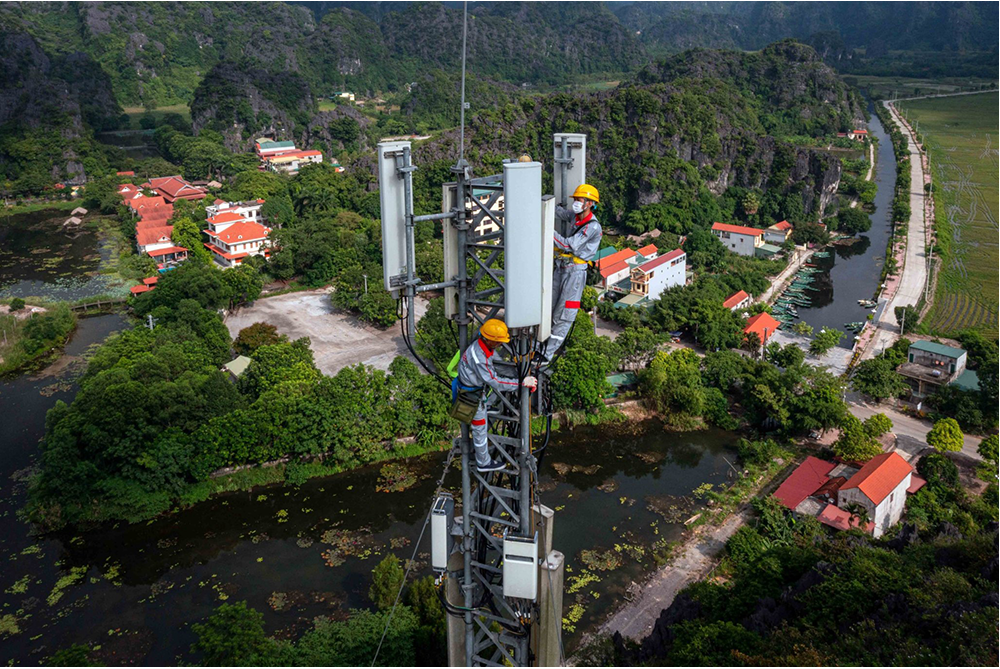
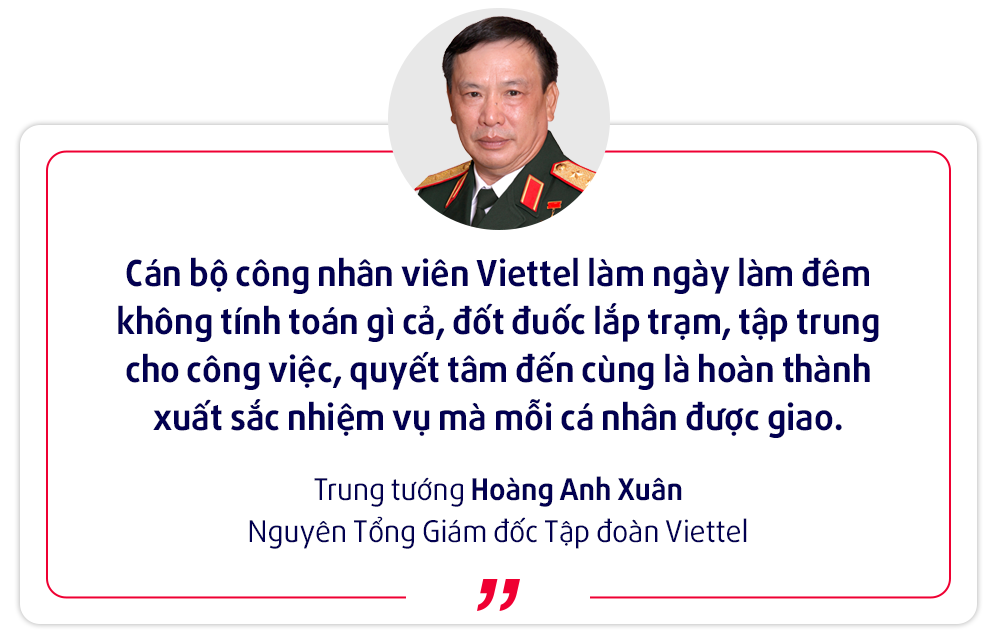




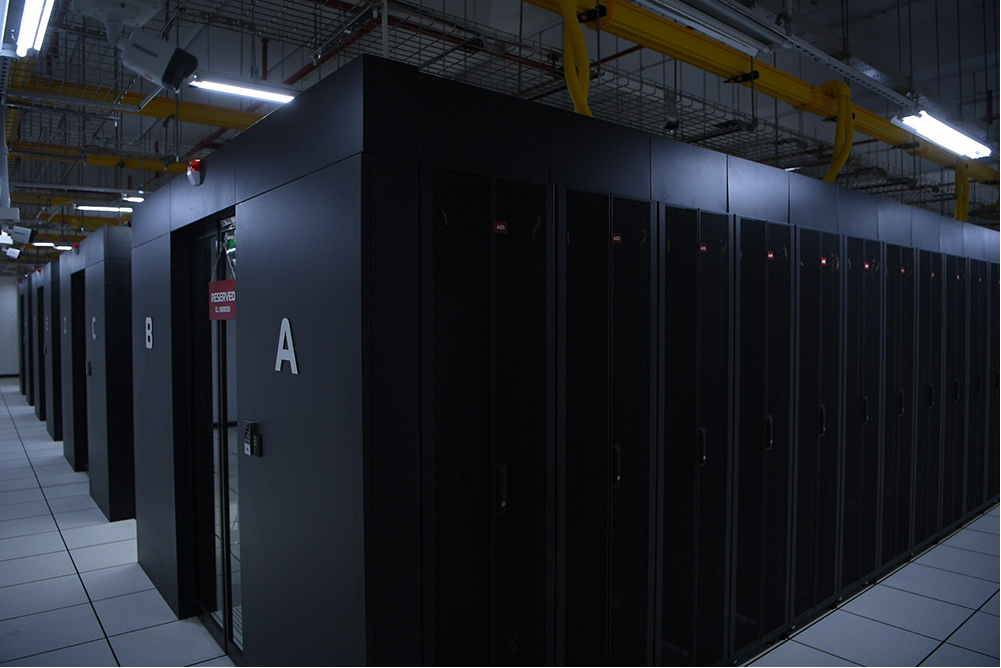
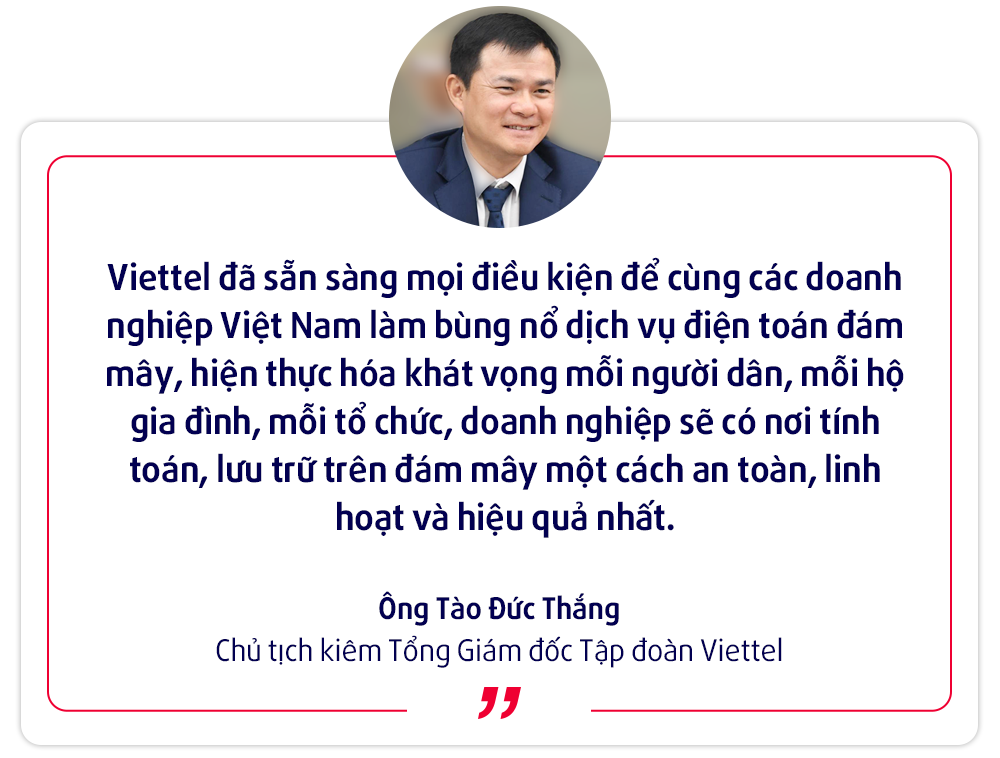

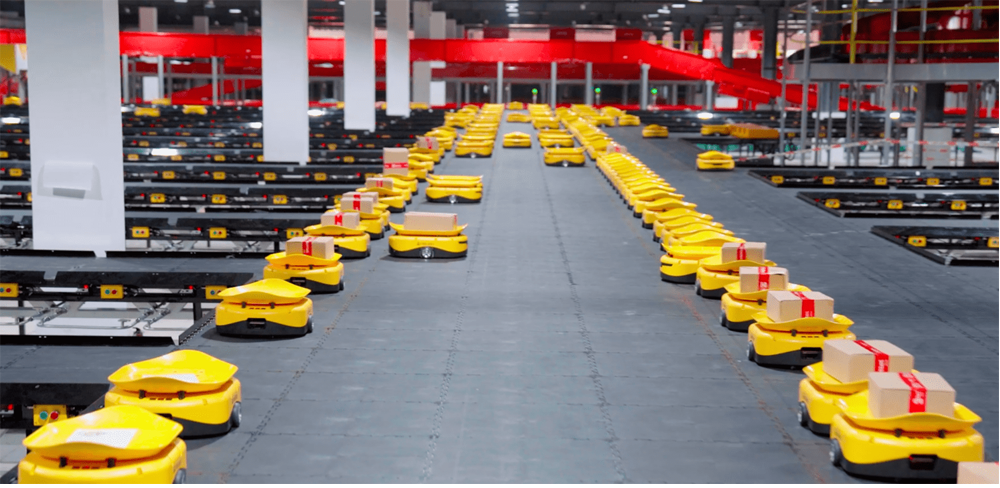
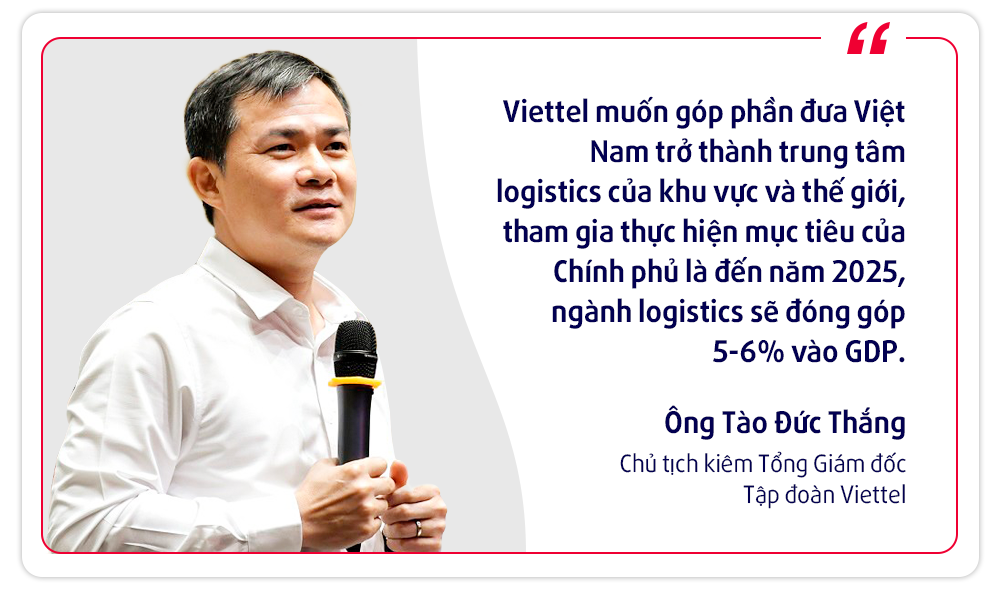






![[Photo] Prime Minister Pham Minh Chinh chairs the meeting of the Government Party Committee Standing Committee](https://vstatic.vietnam.vn/vietnam/resource/IMAGE/2025/8/23/8e94aa3d26424d1ab1528c3e4bbacc45)

![[Photo] General Secretary To Lam attends the 80th Anniversary of the Cultural Sector's Traditional Day](https://vstatic.vietnam.vn/vietnam/resource/IMAGE/2025/8/23/7a88e6b58502490aa153adf8f0eec2b2)





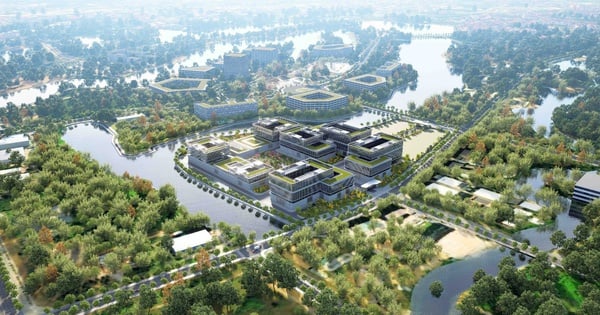

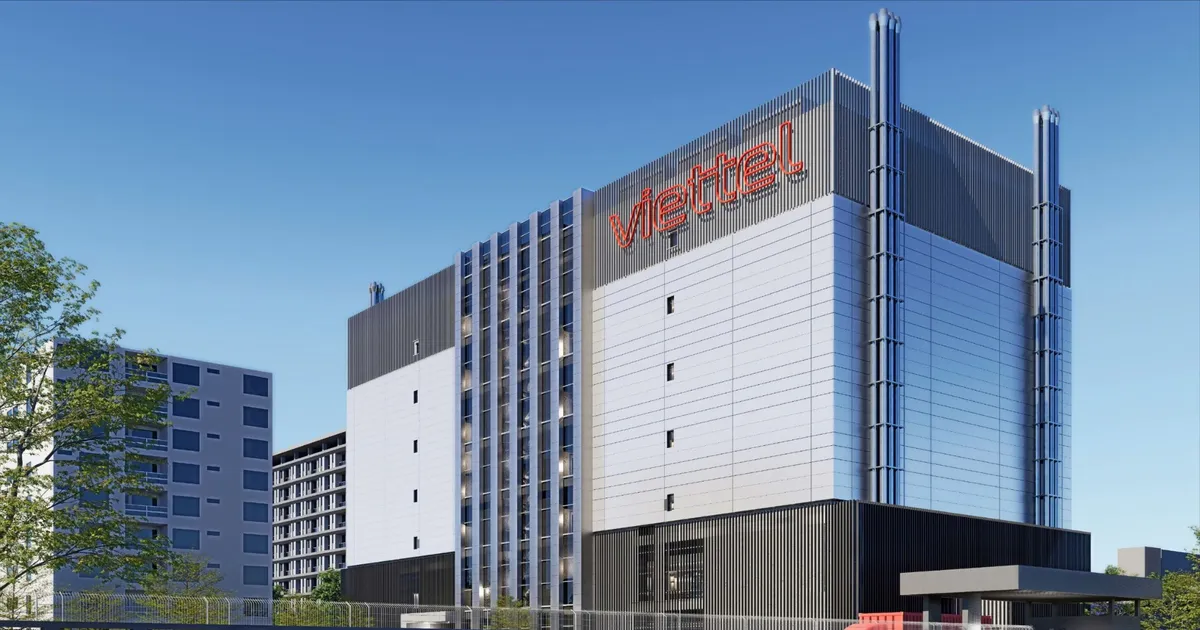


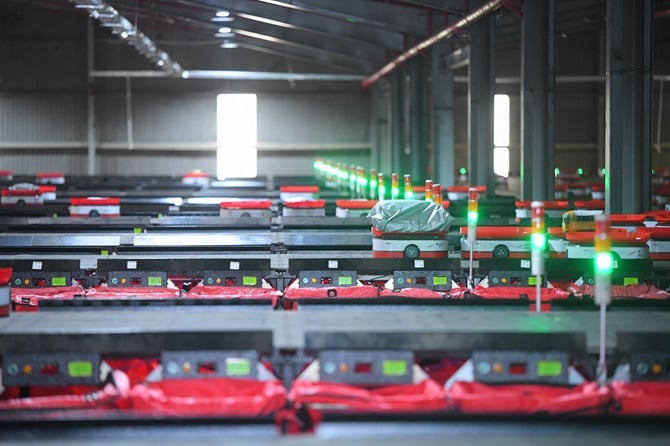

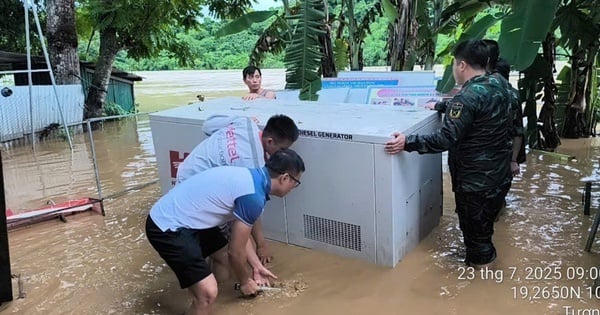
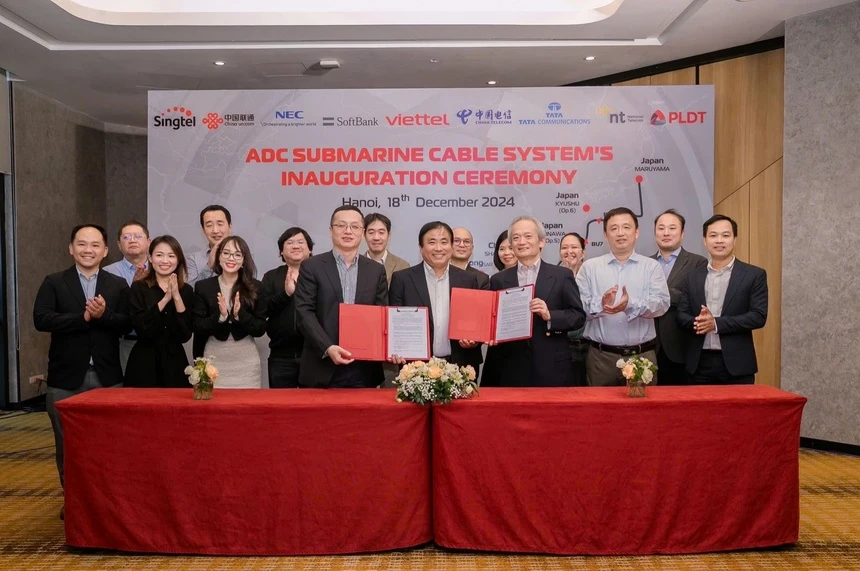

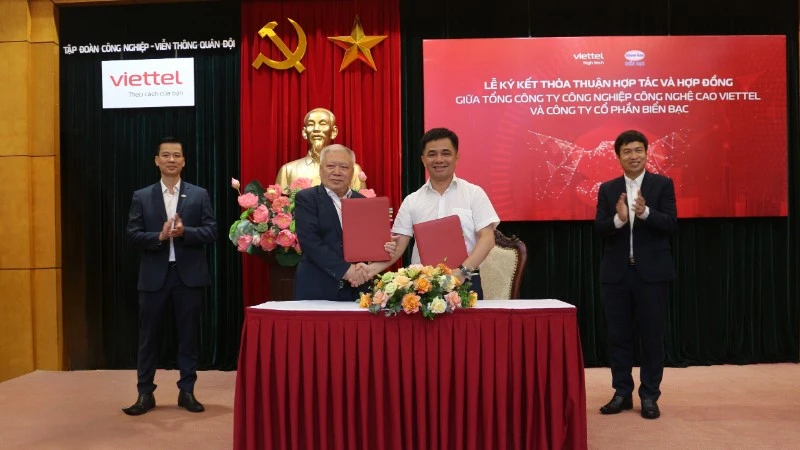

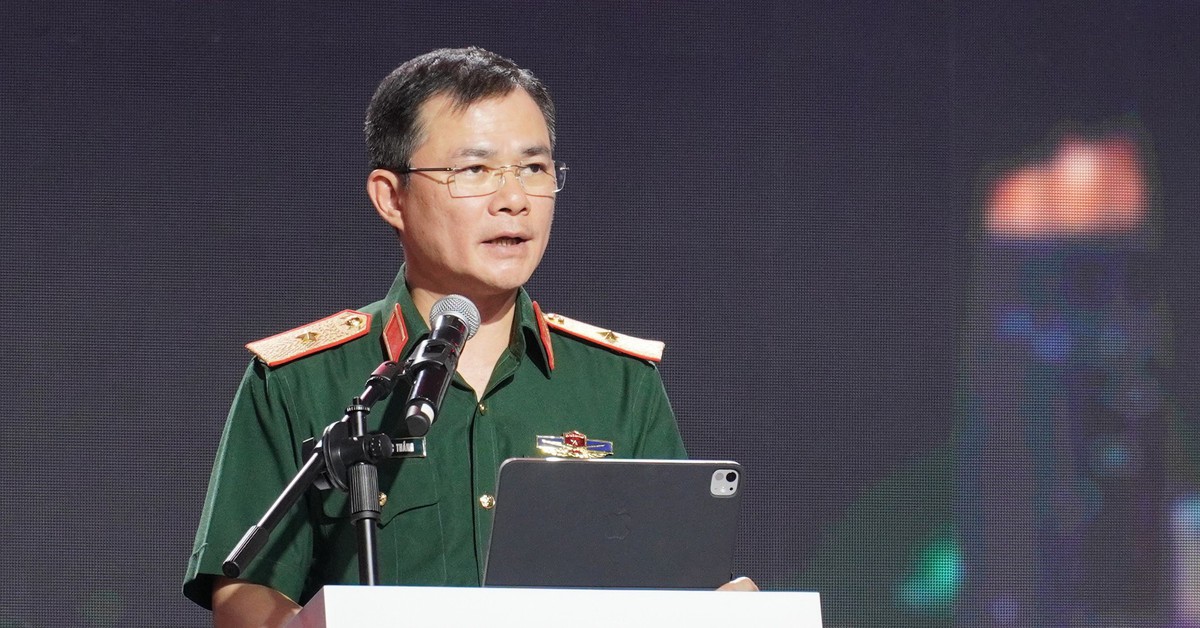
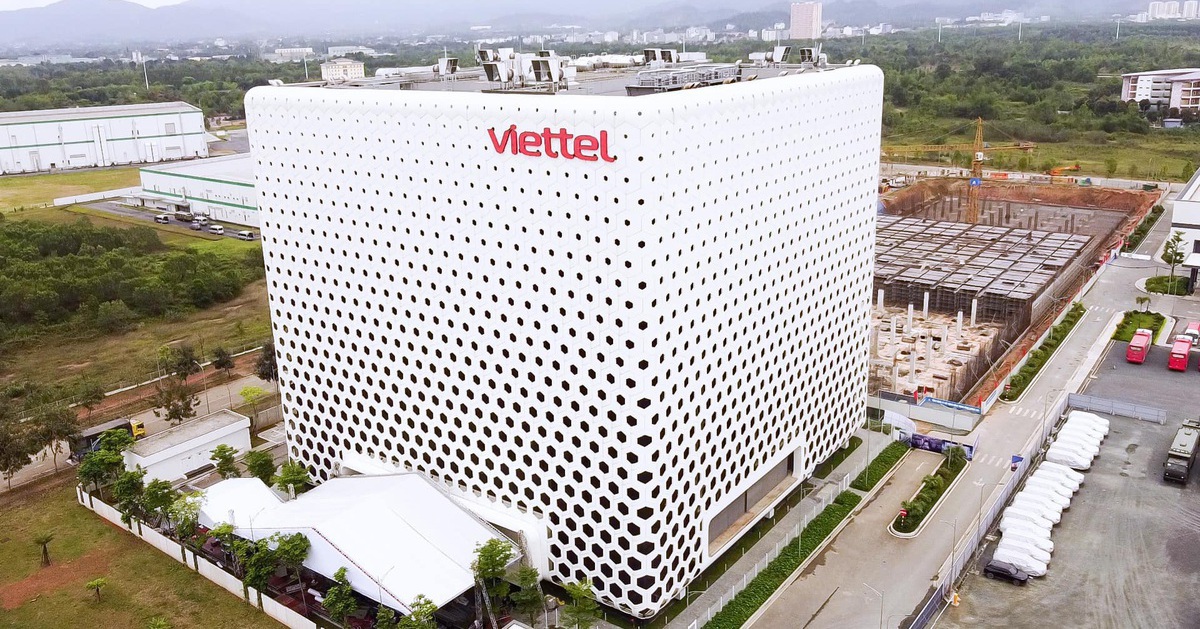






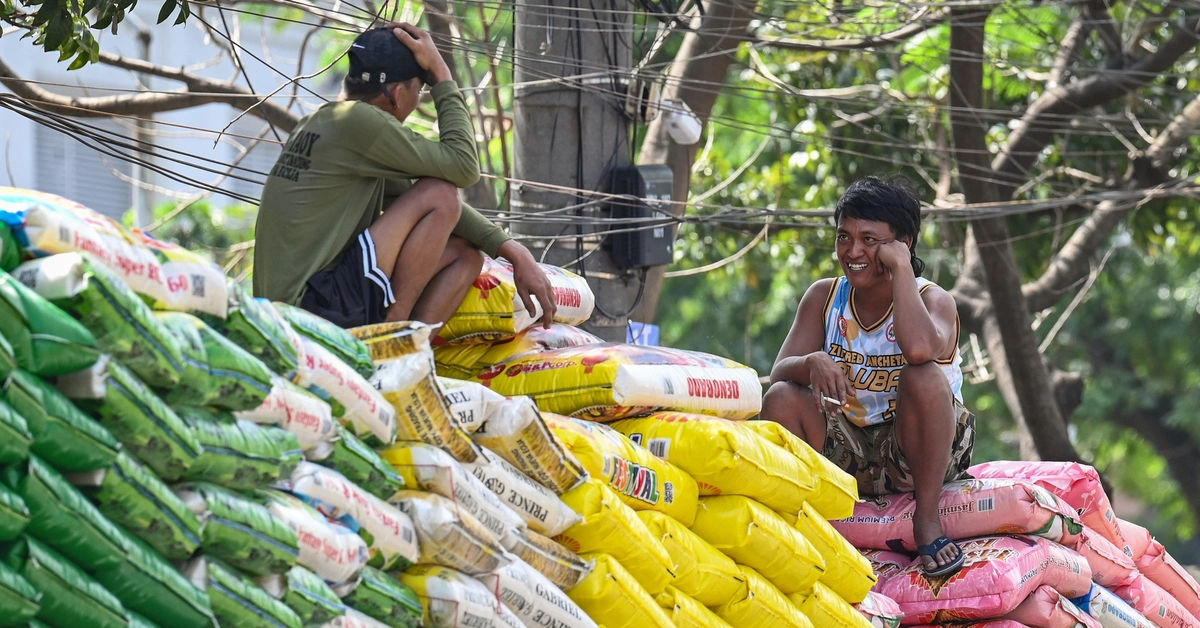


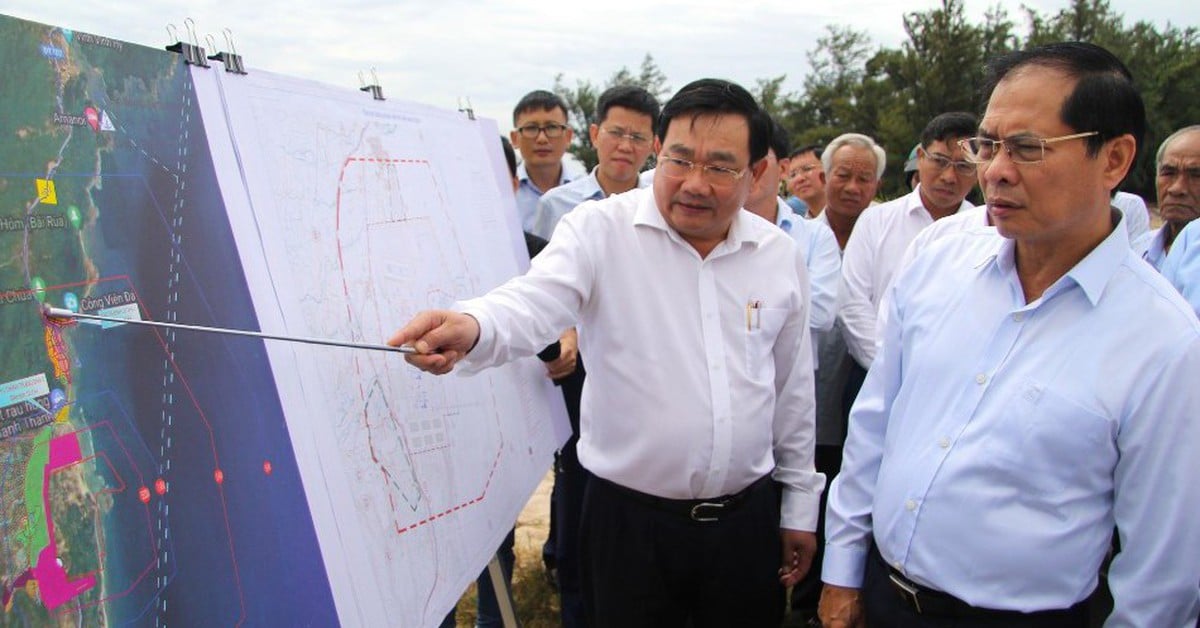











































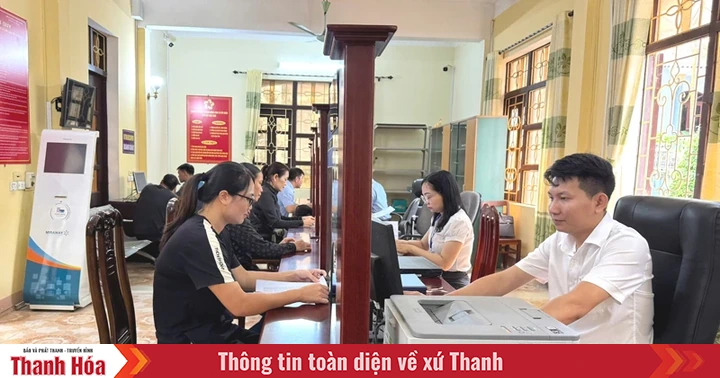
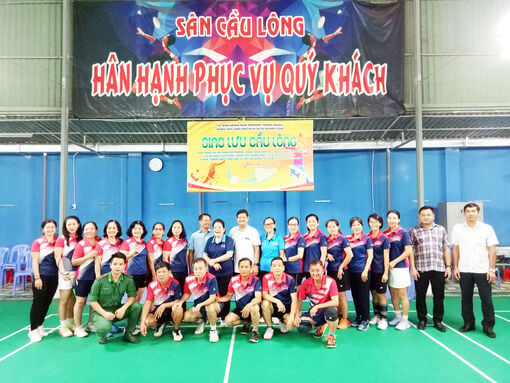

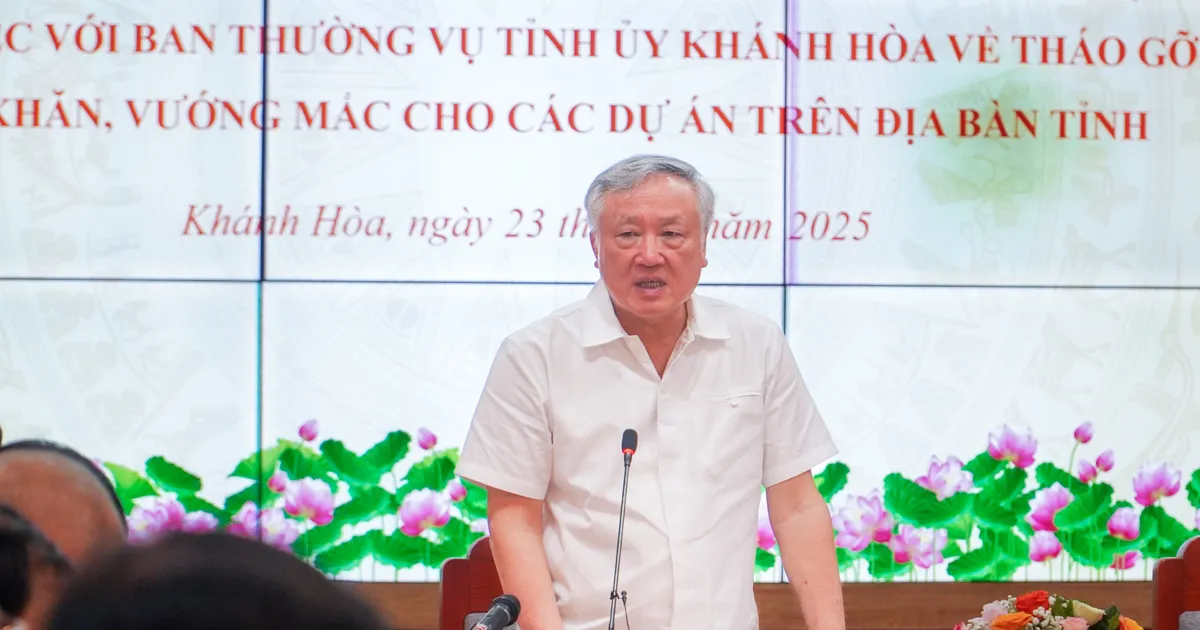
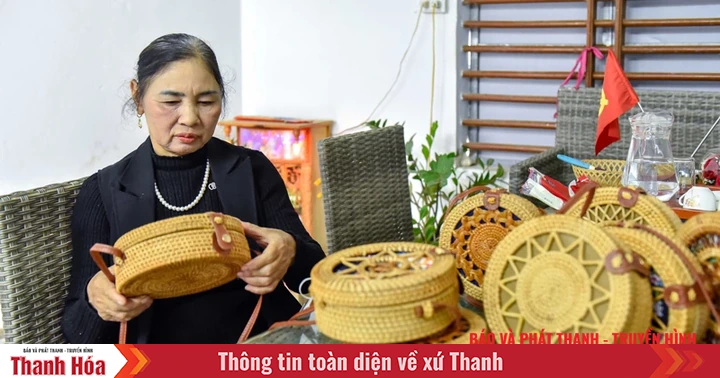
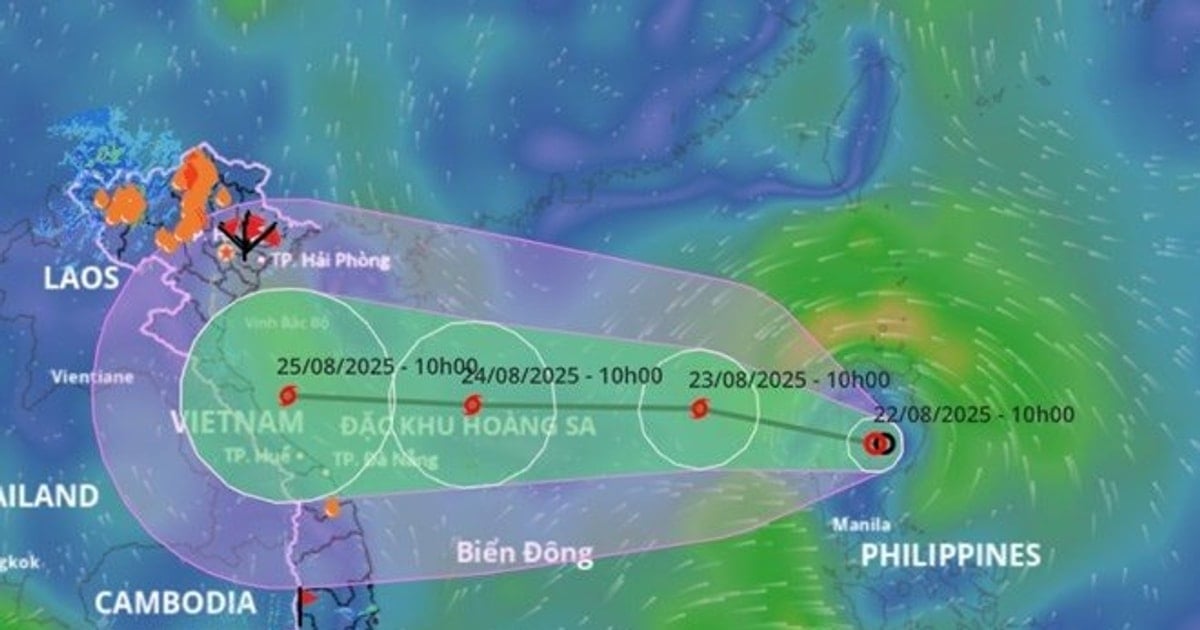














Comment (0)